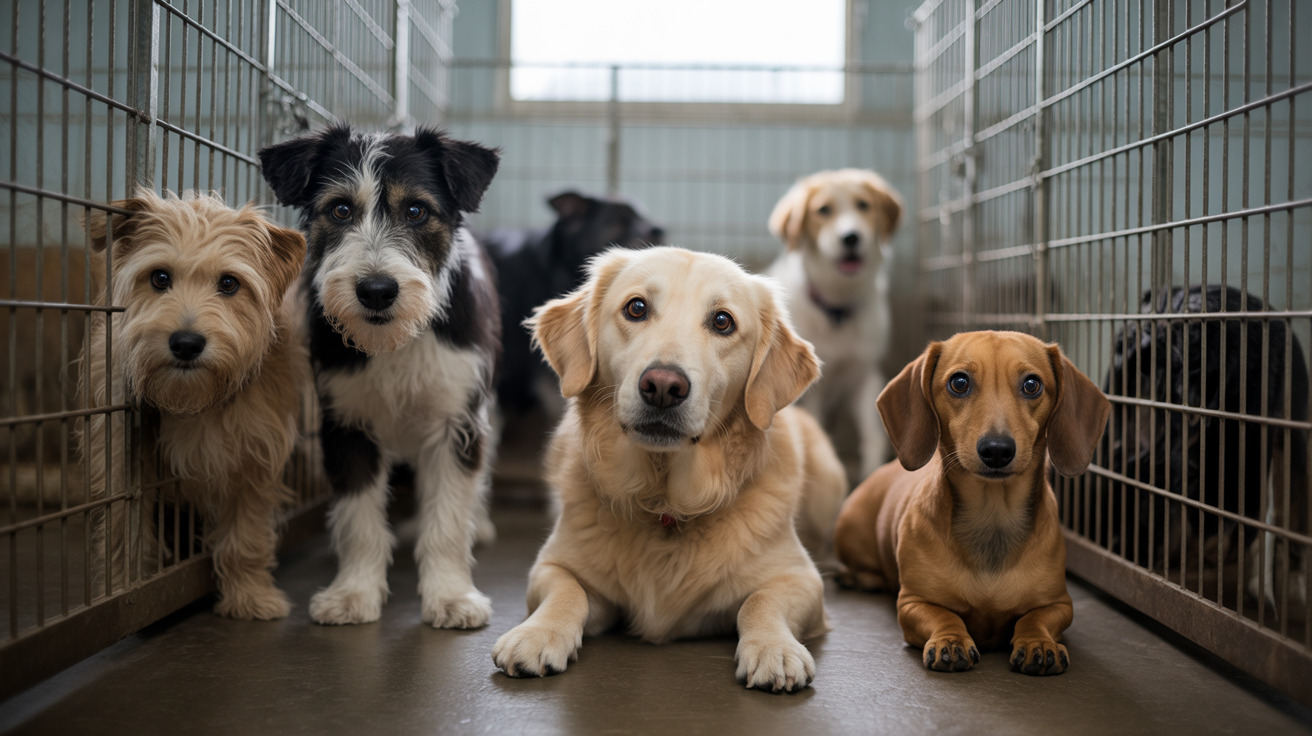Understanding antifreeze poisoning in dogs is crucial for every pet owner, as even a small amount of this common household chemical can be lethal. This comprehensive guide will explore exactly how much antifreeze can harm your dog, the warning signs to watch for, and the critical steps for prevention and treatment.
Understanding Antifreeze Toxicity in Dogs
The active ingredient in most antifreeze products, ethylene glycol, poses a severe threat to dogs due to its sweet taste and high toxicity. As little as one tablespoon (approximately 5 mL) can prove fatal to a small dog, with the minimum toxic dose ranging from 4.4 to 6.6 milliliters per kilogram of body weight.
To put this in perspective, a medium-sized dog weighing 20 pounds could suffer fatal poisoning from just a few ounces of antifreeze. This remarkably low toxic threshold makes antifreeze one of the most dangerous household substances for pets.
The Three Stages of Antifreeze Poisoning
Stage 1: Initial Symptoms (30 Minutes - 12 Hours)
During the first stage, dogs typically display symptoms similar to alcohol intoxication, including:
- Stumbling or uncoordinated movement
- Excessive thirst and urination
- Vomiting
- Lethargy
- Disorientation
Stage 2: Deceptive Improvement (12-24 Hours)
The second stage can be misleading as some symptoms appear to improve. However, during this period, internal damage continues to progress, marked by:
- Rapid breathing
- Increased heart rate
- Severe dehydration
- Progressive organ damage
Stage 3: Kidney Failure (36-72 Hours)
The final and most critical stage involves severe kidney failure, characterized by:
- Complete cessation of urination
- Severe depression
- Seizures
- Coma
- Potential death if left untreated
Emergency Treatment and Survival Chances
The window for successful treatment is extremely narrow. Treatment must begin within 8-12 hours of ingestion for the best chance of survival. The standard treatment protocol includes:
- Immediate induction of vomiting (if caught early enough)
- Administration of antidotes like fomepizole or ethanol
- Intensive fluid therapy
- Activated charcoal treatment
- Continuous monitoring of kidney function
Prevention: Your First Line of Defense
Since treatment can be challenging and expensive, prevention is crucial:
- Store antifreeze in sealed containers out of reach
- Clean up spills immediately and thoroughly
- Consider using pet-safe antifreeze alternatives
- Regularly check your vehicle for leaks
- Keep garage floors and driveways clean
Frequently Asked Questions
How much antifreeze is poisonous to a dog and how quickly can symptoms appear?
As little as one tablespoon can be lethal to a small dog, with symptoms appearing as quickly as 30 minutes after ingestion. The toxic dose is approximately one teaspoon per 5 pounds of body weight.
What are the early signs of antifreeze poisoning in dogs I should watch for?
Early signs include drunk-like behavior, excessive thirst, frequent urination, vomiting, and uncoordinated movement. These symptoms typically appear within the first few hours after ingestion.
What immediate steps should I take if I suspect my dog has ingested antifreeze?
Immediately take your dog to the nearest emergency veterinary clinic. Don't wait for symptoms to appear, as treatment is most effective within the first 8 hours of ingestion.
How effective are treatments like fomepizole or ethanol for antifreeze poisoning in dogs?
These treatments can be highly effective if administered within the first 8-12 hours after ingestion. After this window, the success rate drops dramatically as kidney damage becomes irreversible.
What are the best ways to prevent my dog from accidentally ingesting antifreeze?
Store antifreeze securely, clean up spills immediately, use pet-safe alternatives, regularly inspect your vehicle for leaks, and keep garage areas clean. Consider installing childproof locks on storage areas containing dangerous chemicals.






